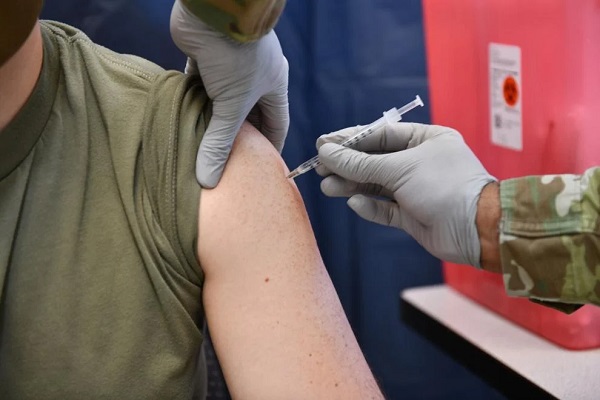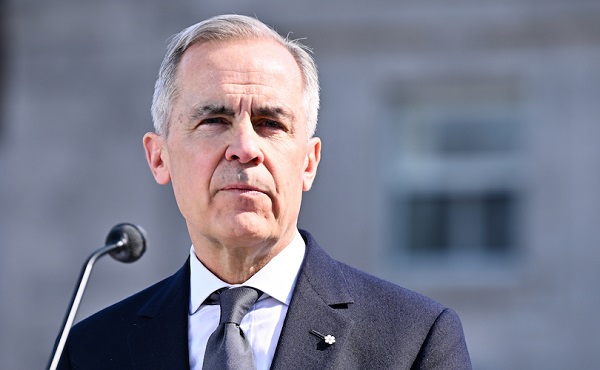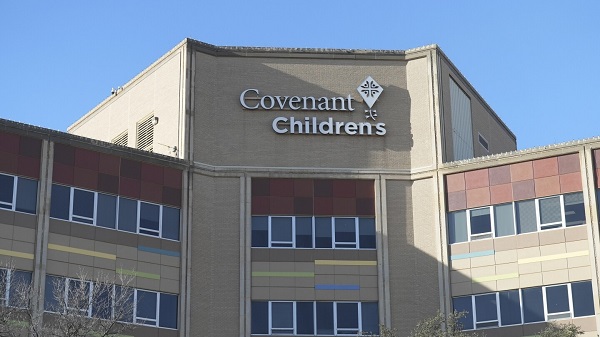Alberta
A Small, Important Opening

A Small, Important Opening
Chances are pretty good that all major-league sports and some of the lower-profile ones will manage to complete partial 2020 seasons despite growing signs that COVID-19 will not give up without a long and continuing fight for dominance over sports and all else in today’s world.
Experts and observers of all athletic and public disciplines agree, however, that nothing is certain: baseball players are opting to stay home; basketball players express discontent and confusion every day; the NHL waffles over naming so-called hub cities for a wacky playoff proposal that continues to raise more questions than answers.
In the midst of all this uncertainty comes one simple burst of optimism: the Alberta Sports Hall of Fame will welcome the public on Thursday, 98 days after the rampaging coronavirus pandemic forced closure of the building on the edge of Red Deer on March 16. It is fair to concede that reopening a small-city building warrants little public interest when compared with the billions involved in professional sports, but it’s also reasonable to accept that every step of progress in this deadly world-wide struggle is worth recording.
Although none of the $302,000 committed to the Hall in the current provincial budget has been received – a $75,000 commitment has been made but no cash has appeared and a review is already promised for later this year – executive director Tracey Kinsella said some pleasant things have been achieved during the lockdown.
“We have been extremely busy giving our Hall of Fame an update,” she smiled. “Our goal is to improve the entire experience for our visitors from the moment they walk in the door.”
Cleanliness was, and is, essential in the reopening. Sanitizers, directional signs and plenty of obvious messaging are part of the opening, of course. There is no plan for an opening ceremony, Kinsells said. “We would like to do something of a celebration, maybe later in July.”
At one time, fingers were crossed that induction of the 14 members selected several months ago but “we had to decide (last week) that there will be no induction banquet in 2020. We’ve had to tell all the inductees that we’re having to wait until next year.”
The list includes four athletes: skier Deirdra Dionne, hockey player Chris Phillips, chuck-wagon racer Kelly Sutherland and snowboard-cross star Michael Robertson. Five builders – Jan Ullmark, figure skating; Terry Morris, curling; Ken Babey, hockey; Derek Douglas, soccer – were selected along with five Hall of Fame Award winners Nancy Southern and Ian Allison (equestrian broadcasters, Bell Memorial Award), John Currie (Western Canada Summer Games 1983, Achievement Award); Stan Wakelyn (1922 Canadian soccer champions 1922, Pioneer Award); Dennis Kadatz (coach of Edmonton Huskies national junior football champions 1962-64).
Those awards show clearly how broad is the effect of the Alberta Sports Hall of Fame. Every winner spent years working and practicing toward the world’s most elusive goal: perfection. There is no suggestion that it was reached, just as there can be no hint that they have inspired thousands to follow them.
Discussing the government’s failure to live up to its contracted financial commitment, Kinsella was not especially critical: “We’re sad, disappointed, maybe a little alarmed.” During a lengthy discussion, she finally confirmed receipt of the government’s letter providing the limited amount and mentioned “I’ve asked for meetings, have not had a direct, face-to-face conversation with anyone in the area of culture.”
My unsolicited opinion: this is unreasonable. As the Hall opens its doors, perhaps a government department should also open up.
Learn more about the Alberta Sports Hall of Fame.
Alberta
Made in Alberta! Province makes it easier to support local products with Buy Local program

Show your Alberta side. Buy Local. |
When the going gets tough, Albertans stick together. That’s why Alberta’s government is launching a new campaign to benefit hard-working Albertans.
Global uncertainty is threatening the livelihoods of hard-working Alberta farmers, ranchers, processors and their families. The ‘Buy Local’ campaign, recently launched by Alberta’s government, encourages consumers to eat, drink and buy local to show our unified support for the province’s agriculture and food industry.
The government’s ‘Buy Local’ campaign encourages consumers to buy products from Alberta’s hard-working farmers, ranchers and food processors that produce safe, nutritious food for Albertans, Canadians and the world.
“It’s time to let these hard-working Albertans know we have their back. Now, more than ever, we need to shop local and buy made-in-Alberta products. The next time you are grocery shopping or go out for dinner or a drink with your friends or family, support local to demonstrate your Alberta pride. We are pleased tariffs don’t impact the ag industry right now and will keep advocating for our ag industry.”
Alberta’s government supports consumer choice. We are providing tools to help folks easily identify Alberta- and Canadian-made foods and products. Choosing local products keeps Albertans’ hard-earned dollars in our province. Whether it is farm-fresh vegetables, potatoes, honey, craft beer, frozen food or our world-renowned beef, Alberta has an abundance of fresh foods produced right on our doorstep.
Quick facts
- This summer, Albertans can support local at more than 150 farmers’ markets across the province and meet the folks who make, bake and grow our food.
- In March 2023, the Alberta government launched the ‘Made in Alberta’ voluntary food and beverage labelling program to support local agriculture and food sectors.
- Through direct connections with processors, the program has created the momentum to continue expanding consumer awareness about the ‘Made in Alberta’ label to help shoppers quickly identify foods and beverages produced in our province.
- Made in Alberta product catalogue website
Related information
Alberta
Province to expand services provided by Alberta Sheriffs: New policing option for municipalities

Expanding municipal police service options |
Proposed amendments would help ensure Alberta’s evolving public safety needs are met while also giving municipalities more options for local policing.
As first announced with the introduction of the Public Safety Statutes Amendment Act, 2024, Alberta’s government is considering creating a new independent agency police service to assume the police-like duties currently performed by Alberta Sheriffs. If passed, Bill 49 would lay additional groundwork for the new police service.
Proposed amendments to the Police Act recognize the unique challenges faced by different communities and seek to empower local governments to adopt strategies that effectively respond to their specific safety concerns, enhancing overall public safety across the province.
If passed, Bill 49 would specify that the new agency would be a Crown corporation with an independent board of directors to oversee its day-to-day operations. The new agency would be operationally independent from the government, consistent with all police services in Alberta. Unlike the Alberta Sheriffs, officers in the new police service would be directly employed by the police service rather than by the government.
“With this bill, we are taking the necessary steps to address the unique public safety concerns in communities across Alberta. As we work towards creating an independent agency police service, we are providing an essential component of Alberta’s police framework for years to come. Our aim is for the new agency is to ensure that Albertans are safe in their communities and receive the best possible service when they need it most.”
Additional amendments would allow municipalities to select the new agency as their local police service once it becomes fully operational and the necessary standards, capacity and frameworks are in place. Alberta’s government is committed to ensuring the new agency works collaboratively with all police services to meet the province’s evolving public safety needs and improve law enforcement response times, particularly in rural communities. While the RCMP would remain the official provincial police service, municipalities would have a new option for their local policing needs.
Once established, the agency would strengthen Alberta’s existing policing model and complement the province’s current police services, which include the RCMP, Indigenous police services and municipal police. It would help fill gaps and ensure law enforcement resources are deployed efficiently across the province.
Related information
-

 2025 Federal Election1 day ago
2025 Federal Election1 day agoRCMP Whistleblowers Accuse Members of Mark Carney’s Inner Circle of Security Breaches and Surveillance
-
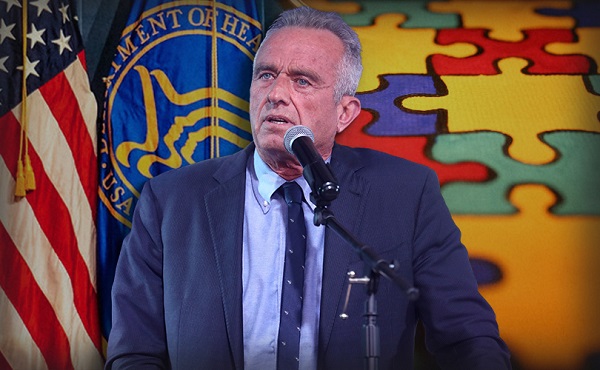
 Autism2 days ago
Autism2 days agoAutism Rates Reach Unprecedented Highs: 1 in 12 Boys at Age 4 in California, 1 in 31 Nationally
-

 Health2 days ago
Health2 days agoTrump admin directs NIH to study ‘regret and detransition’ after chemical, surgical gender transitioning
-

 Also Interesting1 day ago
Also Interesting1 day agoBetFury Review: Is It the Best Crypto Casino?
-
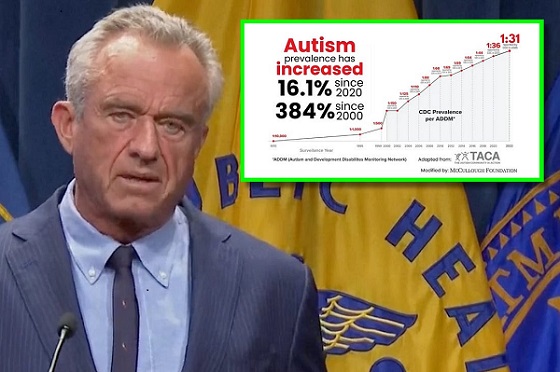
 Autism1 day ago
Autism1 day agoRFK Jr. Exposes a Chilling New Autism Reality
-

 COVID-191 day ago
COVID-191 day agoCanadian student denied religious exemption for COVID jab takes tech school to court
-
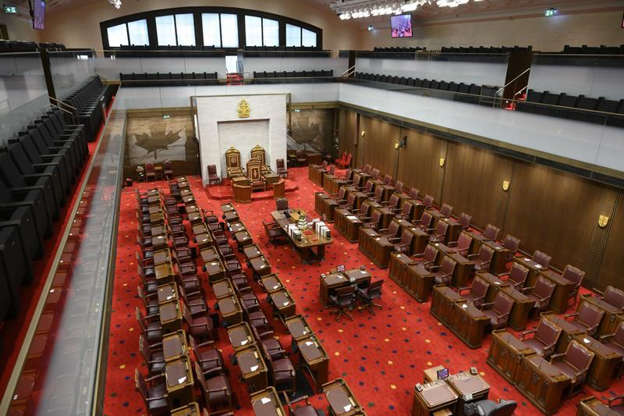
 2025 Federal Election1 day ago
2025 Federal Election1 day agoBureau Exclusive: Chinese Election Interference Network Tied to Senate Breach Investigation
-

 Bjorn Lomborg2 days ago
Bjorn Lomborg2 days agoGlobal Warming Policies Hurt the Poor


